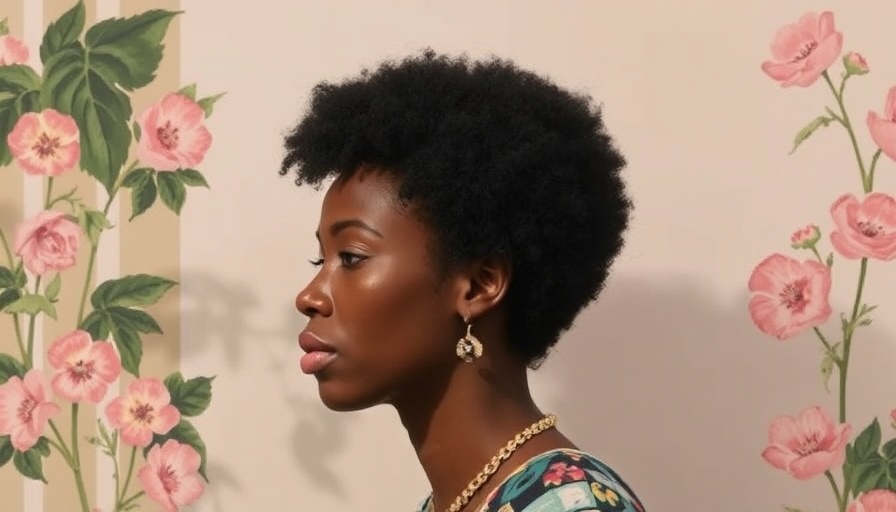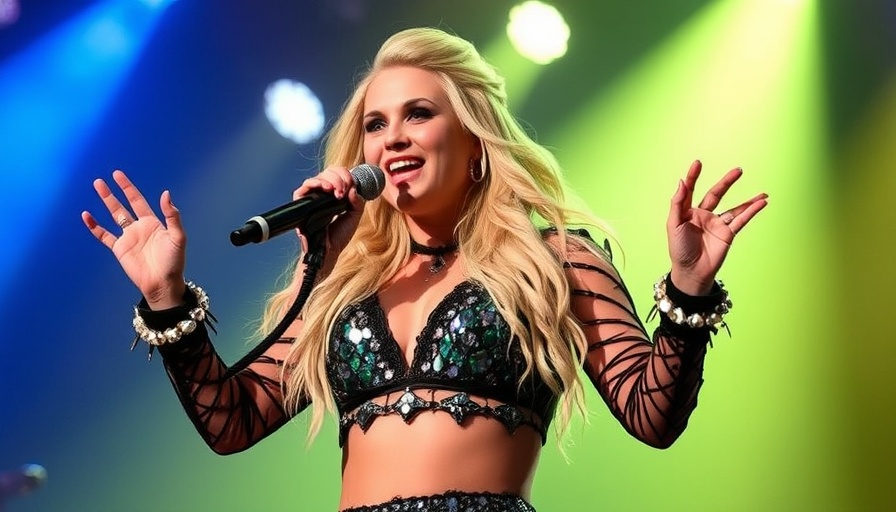
A Controversial Decision: Artist Amy Sherald Cancels Smithsonian Show
Renowned portraitist Amy Sherald, celebrated for her striking depictions of African American subjects, has shocked the art world by canceling her highly anticipated exhibition at the Smithsonian’s National Portrait Gallery. The cancellation, precipitated by concerns over censorship regarding her painting Trans Forming Liberty, has sparked significant discussion about the intersection of art, politics, and the representation of marginalized communities.
The Political Climate and Its Impact on Artistic Expression
In her letter announcing the cancellation, Sherald articulated her frustration with what she perceived as institutional fear that stifled the full, complex truth of American life. Her concerns were rooted in fears that her work, especially a painting featuring a transgender Statue of Liberty, could be deemed offensive, particularly to certain political figures such as Donald Trump. This situation highlights a broader conflict where art intersects with political ideologies and the implications of such influences on public exhibitions.
The Role of Institutions in Fostering Dialogue
The Smithsonian, while expressing disappointment over Sherald’s move, emphasized its ongoing commitment to foster understanding and challenging narratives through art. Yet, this controversy raises questions about how cultural institutions should navigate artistic integrity against political pressures, and what it means for artists who wish to convey their truths through their work. This clash serves as a reminder that the role of art often extends beyond aesthetics, becoming a platform for dialogue about openly relevant and sometimes contentious issues.
The Ripple Effect: Implications on Future Art Exhibitions
This episode raises concerns not just for Sherald but for artists everywhere: how will this impact the future of exhibitions in major cultural institutions? The Smithsonians have had to address similar pressures, especially in light of Trump's stance against what he called a divisive race-centered ideology. With such scrutiny, artists may face challenges in fully expressing their identities or societal critiques, leading to a shift in the vulnerability and authenticity of the showcased works.
Visibility Matters: The Value of Representation
As one of the first contemporary Black artists to display at the Smithsonian, Sherald’s work was anticipated to offer a refreshing perspective on Black life. Her art, especially Trans Forming Liberty, aimed to engage viewers on the visibility of transgender lives, a vital conversation within the broader discourse on identity and acceptance. The backlash against her painting highlights the necessity for representation and the implications of failing to adequately support diverse voices in art and culture.
Moving Forward: The Future of Artistic Integrity
What Sherald’s cancellation teaches us is crucial: the need for artists and institutions alike to advocate for artistic integrity and authenticity in the face of political pressures. This episode may also inspire a new generation of artists and curators to champion the voices that have often been sidelined and ensure that art remains a powerful medium for truth-telling.
This incident serves as a call to action for art enthusiasts and digital nomads alike, reminding us that the spaces we create and visit must reflect diverse truths. The conversations sparked by such an event are essential for fostering understanding across communities worldwide.
If you believe in the importance of diverse representation in art and culture, consider advocating for open dialogue in art exhibitions in your community. Engage with local artists and institutions, pushing for conversations that resonate with the fuller spectrum of human experience. Together, we can help create more inclusive cultural environments.
 Add Row
Add Row  Add
Add 




Write A Comment